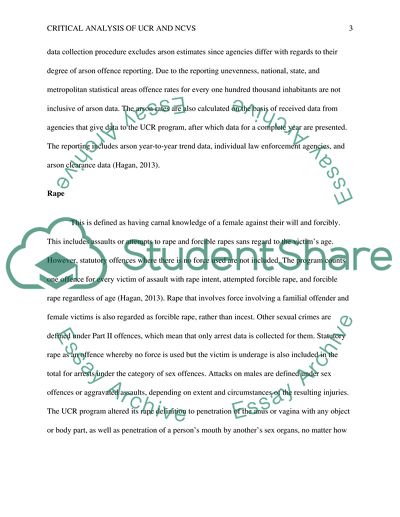Cite this document
(Uniform Crime Report and the National Crime Victimization Survey Research Paper, n.d.)
Uniform Crime Report and the National Crime Victimization Survey Research Paper. Retrieved from https://studentshare.org/law/1812324-critical-analysis-of-the-uniform-crime-report-ucr-and-the-national-crime-victimization-survey-ncvs
Uniform Crime Report and the National Crime Victimization Survey Research Paper. Retrieved from https://studentshare.org/law/1812324-critical-analysis-of-the-uniform-crime-report-ucr-and-the-national-crime-victimization-survey-ncvs
(Uniform Crime Report and the National Crime Victimization Survey Research Paper)
Uniform Crime Report and the National Crime Victimization Survey Research Paper. https://studentshare.org/law/1812324-critical-analysis-of-the-uniform-crime-report-ucr-and-the-national-crime-victimization-survey-ncvs.
Uniform Crime Report and the National Crime Victimization Survey Research Paper. https://studentshare.org/law/1812324-critical-analysis-of-the-uniform-crime-report-ucr-and-the-national-crime-victimization-survey-ncvs.
“Uniform Crime Report and the National Crime Victimization Survey Research Paper”, n.d. https://studentshare.org/law/1812324-critical-analysis-of-the-uniform-crime-report-ucr-and-the-national-crime-victimization-survey-ncvs.


